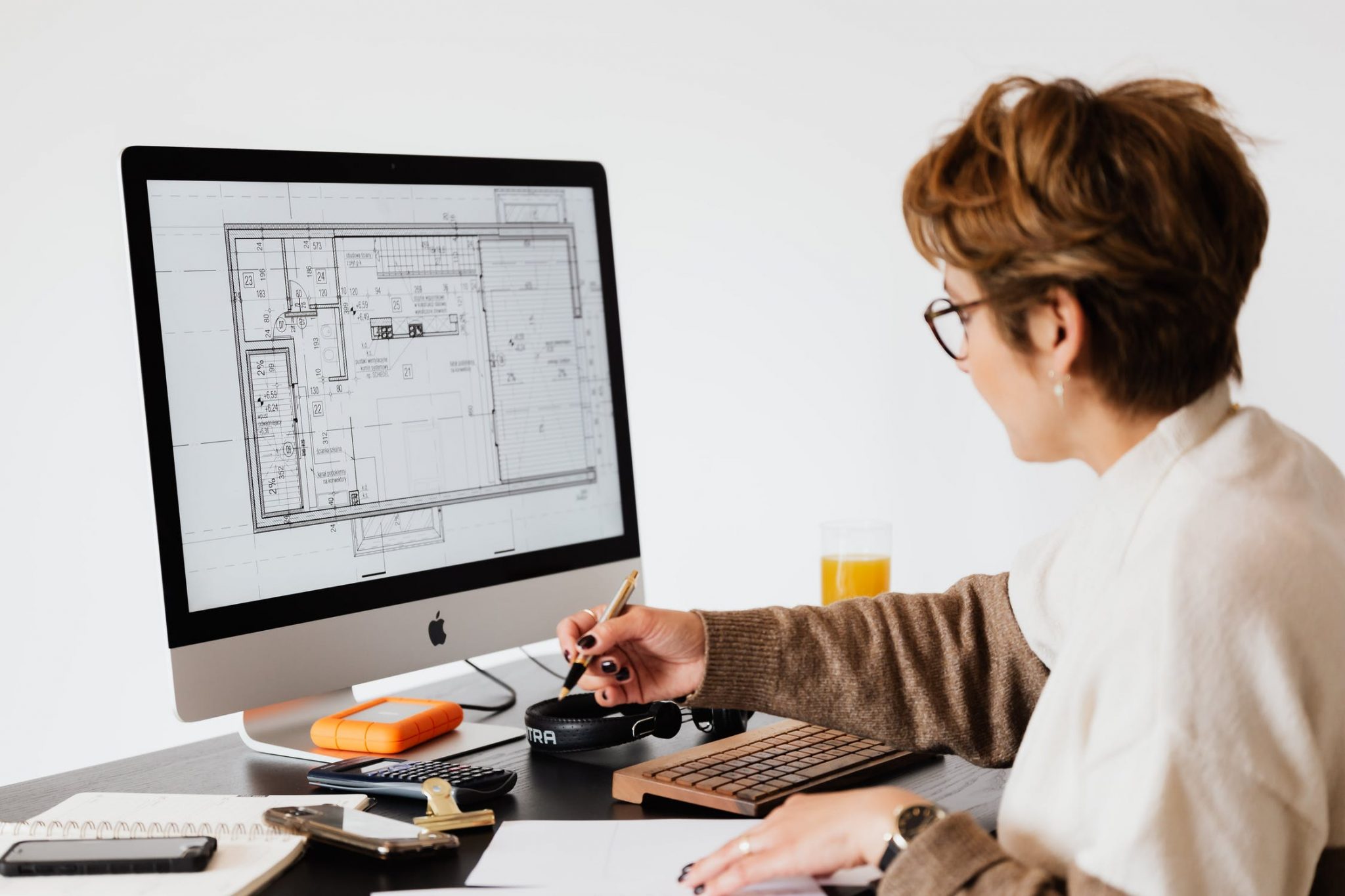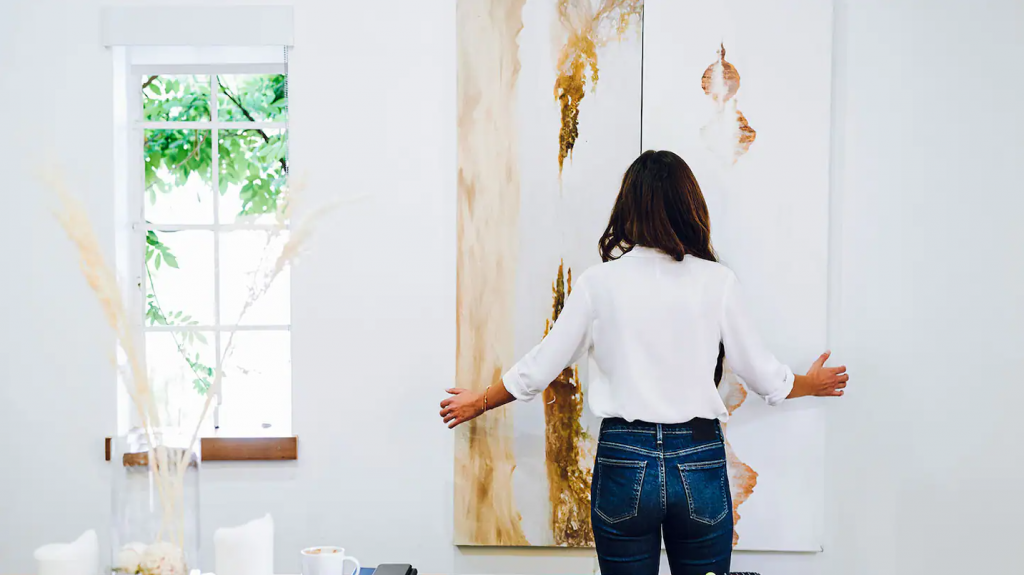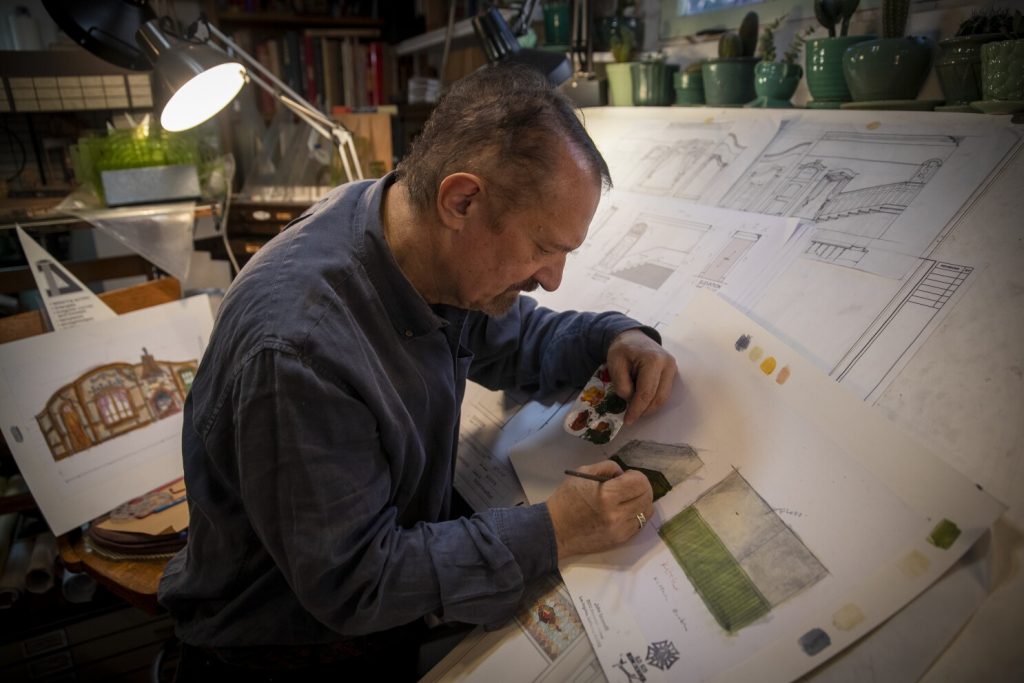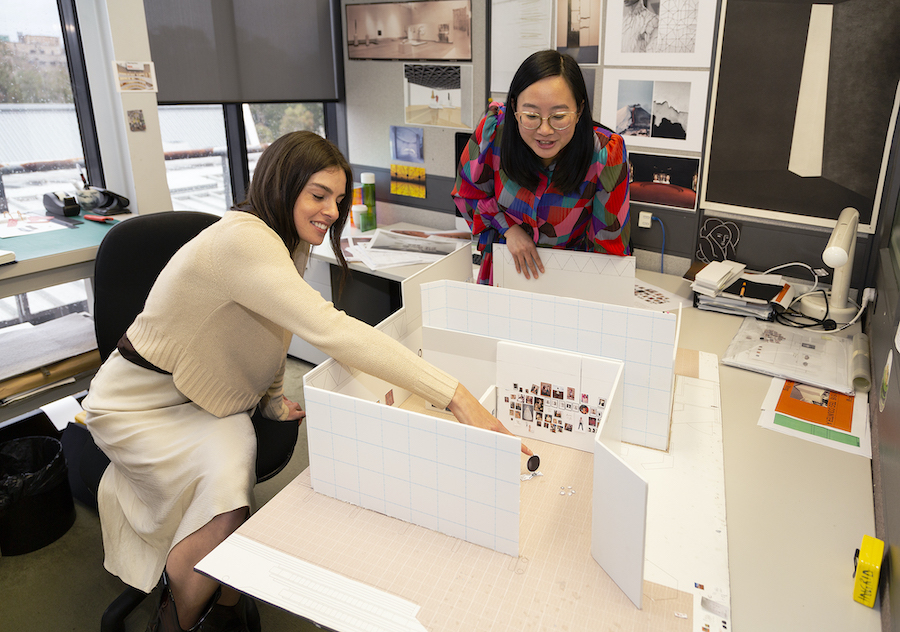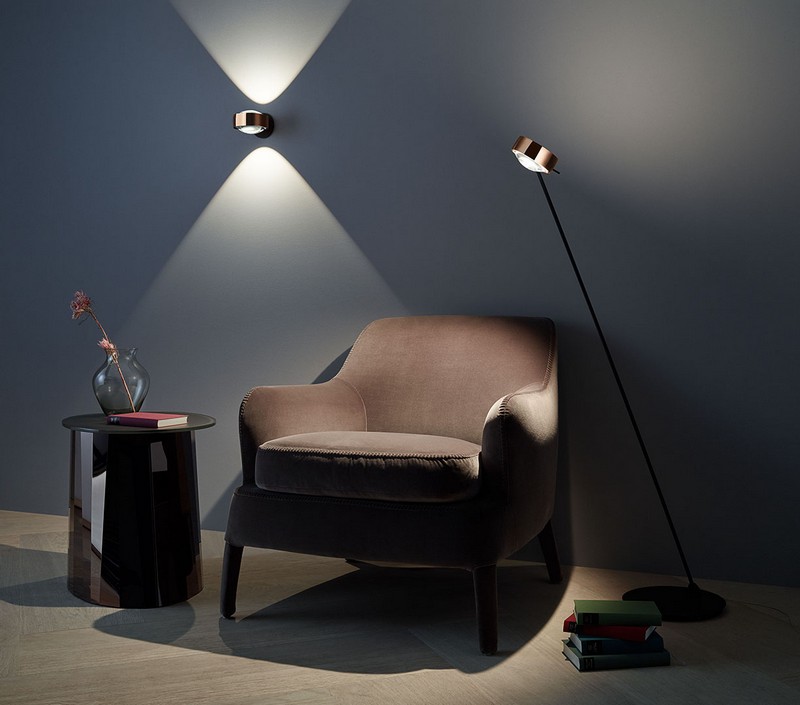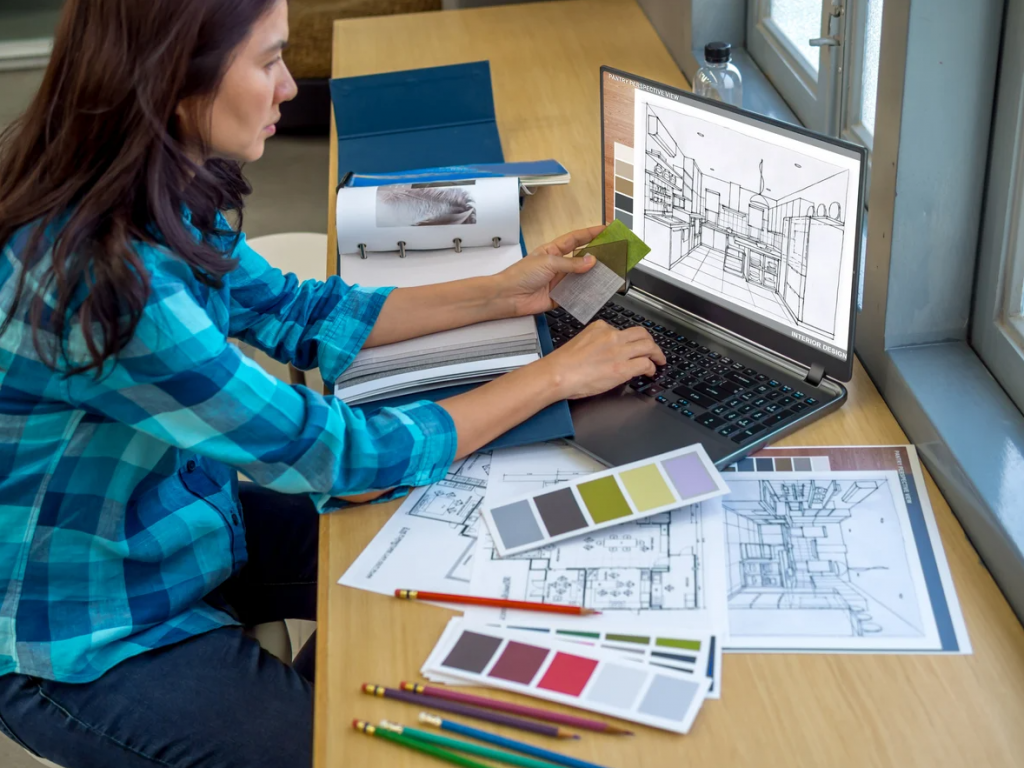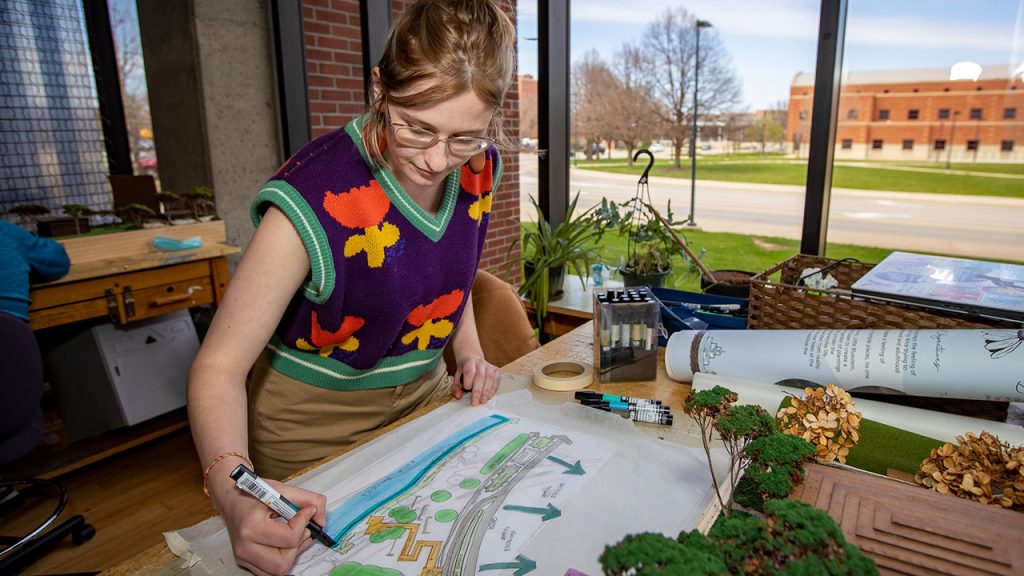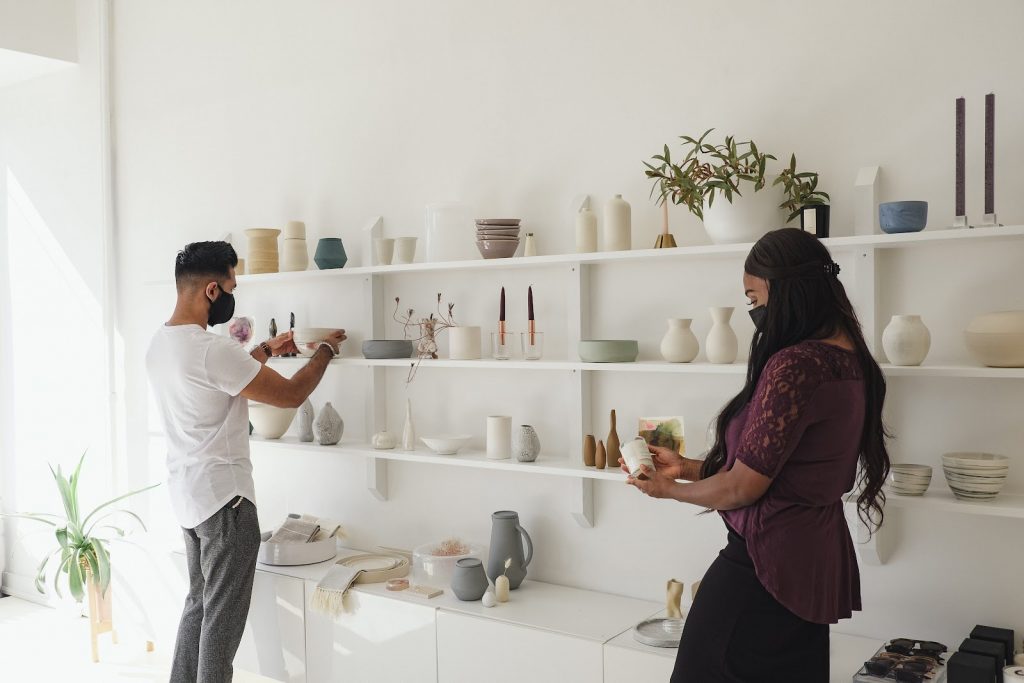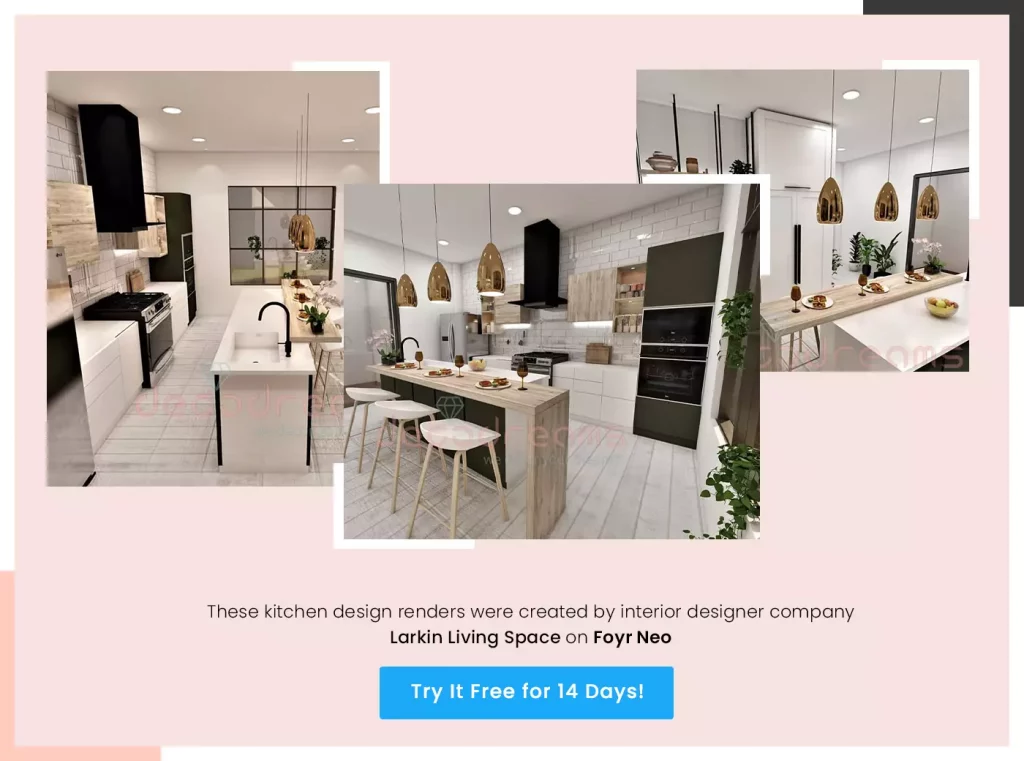Table of Contents
Interior designing is a field with many perks. Interior design has seen a major soar in careers recently. The main reason behind this popularity can be as they are highly professional personnel.
An interior designer’s job necessitates a natural ability to communicate with people and discern what customers desire. They must be able to read blueprints and be conversant with building codes, inspection legislation, and universal accessibility requirements in commercial interior design.
All things aside, it’s a tough job – you need to ideate it all in your head, with previous proven evidence, your creativity, and your client’s needs without seeing the space, while still making everything fit just right when everything comes together in one piece.
Let’s go over into the details of what an interior designer can do and should do to deliver swoon-worthy spaces and cement their position as a trusted, premium interior designer.
Read also – How To Become An Interior Designer?
Skills Required for an Interior Design Job
Interior designers’ career paths vary from assisting in business to organizational duties for customers in revitalizing their environments. They work with realtors to help them stage houses and flats for sale. They also assist homeowners in locating storage and design solutions that match their requirements.
To operate a successful business, designers require more than just innate flair and taste, they have various educational requirements such as interior design degrees as well. Successful interior designers distinguish themselves in workspaces by specific training and skills, such as:
1. Excellent Listening Ability
Being an effective listener entails paying close attention to your clients, even if you believe you already know what they’re going to say. When asked what they do, many designers will respond that they problem-solve and listen to customers to figure out how to make an interior space operate better for the people that use it.
Art and design both take inspiration from the same well. Interior designers draw on this source to improve people’s settings – and their lives. Skillful listening also entails being able to repeat back what you’ve heard in your own words to reassure customers that you were listening and to offer them the option to clarify if what they said wasn’t precisely what they intended.
| Artem Kropovinsky, founder and principal interior designer at Arsight says, “The secret of succeeding in design lies in understanding a client truly. At the start of my professional experience, I managed to decipher between lines, taking what lay in their soul. Quality designs are an undisputable result of this constant approach.” |
Read also – 15 Tips and Skills To Become A Successful Interior Designer
2. Communication Skills
To further your career as an interior designer, one option is to become a project manager, which necessitates the development of extremely strong communication skills. Because you interact with a variety of experts such as civil engineers, architects, and builders, good communication is essential for keeping work on time and reducing errors.
Clear communication with clients to understand their needs or to give ideas will assist to simplify the project. As a designer, you must have an associate degree or master’s interior design program, verbal and written communication may help you purchase supplies, generate interior design proposals, and market your ideas.
3. Detail-orientation
Detail-oriented thinking may help you with space measurements, drawing, and design implementation. This ability can assist you in managing installations such as flooring to verify materials fulfill specifications or compliance with the work environment. Interior designers job outlook also needs skills like detail-oriented thinking that might also assist you in identifying defects or problems and ordering repairs or replacements.
4. Being Able to Think Critically
Using critical thinking abilities to assess different components of a project or interact with other specialists will assist you in meeting your objectives. You may need to change elements of your schedule while you work on projects to fulfill different objectives throughout the day.
Sometimes they have teams or sometimes they are a self-employed one-man shows. Because you may be working on many projects at the same time, critical thinking can assist you in prioritizing and delegating tasks.
| Artem Kropovinsky, founder and principal interior designer at Arsight says, “Being unique makes you distinctive. Knowing where to incorporate bits of your personal touches into even separate tasks will give you a distinctive flavor that is attractive to the people of art.” |
5. Cooperativeness
Working effectively in a team might assist you in coordinating services and completing tasks on schedule. For example, you may collaborate closely with architects to verify that the project concepts are compatible with existing or future structures or design features. You might also need to work with additional specialists.
6. Color Schemes and Lighting
Using different lighting and color schemes may assist to generate different moods in a room or location while working on various interior design projects. Consider how color impacts physical and emotional emotions in a certain region and use it properly. Understanding how to employ natural and artificial light, as well as lighting fixtures, may serve to highlight the function of the area.
7. Planning of Space
Space planning is considering how the space will be used and how it will work. This might involve thinking about how people enter and depart a place and forecasting how they will utilize the area.
10 Different Types of Interior Design Jobs with Salary Info
An interior designer career is a professional field where design professionals are the one who uses design elements and visual aesthetics to change and beautify interior environments.
| Samantha Odo, Pre-Construction Specialist and Designer says, “It’s all about customer satisfaction. Word of mouth can make or break you in this business. Delivering beyond your client’s expectations creates a ripple effect – happy clients become your advocates. Share success stories, showcase before-and-after transformations, and let your work speak for itself. I’ve had clients who were initially skeptical about certain property choices, but with the right design tweaks, they ended up not just satisfied but genuinely thrilled with their investment.” |
Here are the 10 most common full-time, part-time and in-demand interior design jobs, with their annual salary:
1. Interior Decorator
Image Credit: angi.com
Job Responsibilities
- Meeting with clients to learn about their wants and needs, as well as their budget.
- Developing a thorough design on how to decorate the interior of a building or room.
- Putting it into action by choosing decorations and other room furnishings, when the client gives approval of the idea.
- Employ a team of suppliers on their own to delegate work and complete the job on time.
Job Qualification
- A high school diploma is necessary and a bachelor’s degree is occasionally preferable.
- Experienced in drawing and computer-aided design (CAD).
- Design work portfolio.
Salary:
The national average salary of an interior decorator is$351.77 per month.
Read also – How Much Do Interior Designers Make?
2. Color Consultant
Image Credit: ccolor.com
Job Responsibilities
- Providing customers with expert guidance on how to match aspects of an interior or exterior design plan utilizing color theory and a creative eye for detail.
- Using their expertise and superior understanding of color palettes, trends, and design to create visual effects that match their clients’ objectives.
- Necessitate innovative planning and a solid grasp of color psychology to satisfy the client’s aesthetic objectives.
Job Qualification
- A bachelor’s degree in interior design or a related subject.
- Should have a solid understanding of color theory, a keen eye for detail, and the ability to judge how different colors effect a place.
Salary
The national average salary of a color consultant is$259.40 per month.
Read also – Which Interior Design Jobs Have The Best Pay?
3. Retail Interior Designer
Image Credit: careersbuildingcommunities.org
Job Responsibilities
- Specialize in the design and development of retail premises.
- Work with architects, engineers, builders, and other specialists to design branded retail environments.
- Combine a wide variety of creative and technical talents.
Job Qualification
- Must have a degree with a specialty in retail design.
- Having some experience will be advantageous.
- It is essential for the candidate to have created a portfolio of their great work.
Salary
The national average salary of a retail interior designer is$248.75 per month.
Read also – Best Cities and Countries for Interior Design Jobs
4. Production Designer
Image Credit: latimes.com
Job Responsibilities
- Identifying qualities that are indicative of a certain visual style by thoroughly reading scripts.
- Make scale sketches.
- Sourcing relevant materials that will be needed during the design process.
- Budget preparation and monitoring.
Job Qualification
- A bachelor’s degree in a related subject, such as graphic design or art.
- Make a portfolio to display their work.
- Knowledge of using Photoshop and must have basic computer design skills.
Salary
The national average salary of a production designer is $295.88 per month.
Read also – How Much Do Architects Make?
5. Exhibition Designer
Image Credit: artshub.com.au
Job Responsibilities
- Consult with the customer about the concept, theme, and items to be shown.
- Discussion of design thoughts and ideas, finalization of proposals, and presentation to the client.
- Making initial drawings, prototypes or 3D visuals of the proposed design.
- Managing all orders, including those for electronics and materials for on-site services.
Job Qualification
- Must have a bachelor’s degree in a relevant field.
- Experienced in exhibit design and preparation.
Salary
The national average salary of an exhibition designer is$1117.50 per month.
Read also – How To Become An Interior Designer Without A Degree?
6. Lighting Designer
Image Credit: delightfull.eu
Job Responsibilities
- Ensure that appropriate lighting is provided for the many projects in which they are involved.
- Depending on the nature of the projects, the designers must be competent in basic wiring or collaborate with a certified electrician to create various unique lighting effects.
- Work on ornamental items such as light fittings, shades, and luminaries for a design consultant or manufacturer.
Job Qualification
- A bachelor’s degree in architecture, electrical engineering, or a related subject is required.
- Experience in lighting/electrical services is required.
- AutoCAD, Revit and Microsoft Office competence required.
Salary
The national average salary of a lighting designer is $4776.66 per year.
Read also – The Pros and Cons of Being An Interior Designer
7. Corporate Interior Designer
Image Credit: herzing.ca
Job Responsibilities
- Designing aesthetics and brand awareness for work and office areas including design firms.
- Developing a workplace that is practical, safe, efficient, and ergonomic in order to maximize employee productivity.
- Designing cabins, cubicles, boardrooms, conference rooms, and common areas such as break rooms, resulting in a completely functional completed workplace and design services.
Job Qualifications
- Bachelor’s degree in interior design.
- A year of experience in a similar field is required.
- Interior design certification is preferable.
Salary
The national average salary of a corporate interior designer is $248.82 per month.
Read also – How To Become A Freelance Interior Designer?
8. Landscape Architect
Image Credit: bsu.edu
Job Responsibilities
- Using computer-aided design systems, create plans, designs, and drawings.
- Meeting with clients to discuss requirements and writing reports.
- Presenting concepts to clients for approval and establishing timetables.
- Soliciting feedback from communities, businesses, and anyone who uses the site.
Job Qualifications
- Bachelor’s or master’s degree in architecture.
- A relevant license.
- Extensive familiarity in CAD software and excellent artistic flair and inventiveness.
Salary
The national average salary of a landscape architect is$457.35 per month.
Read also – 12 Best eLearning Courses for Interior Designers
9. Kitchen Design
Image Credit: betterteam.com
Job Responsibilities
- Collaborate with builders to decide the floor layout.
- Consult with clients on their kitchen design objectives.
- Create comprehensive designs to be followed by the building team.
- Contact merchants, in order to purchase specified materials and furnishings.
Job Qualifications
- An associate or a bachelor’s degree in interior designing.
- Work experience as a design intern, design assistant, or interior designer is preferred.
- AutoCAD or other equivalent design software proficiency.
Salary
The national average salary of a kitchen designer is$289.67 per month.
Read also – 8 Best Interior Design Colleges and Institutes
10. Visual Merchandiser
Image Credit: handshake.com
Job Responsibilities
- Determine, design, and execute a creative visual merchandising strategy.
- Oversee the manufacturing and provide workers with instructions on how to set up displays.
- Act in accordance with the culture, products, image, and target market of the firm.
- Communicate with vendors and source materials.
- Create, modify, and deliver design concepts to assistant merchandisers.
Job Qualifications
- A bachelor’s degree in visual merchandising, fashion merchandising, exhibition design, visual communications, or a related field is required.
- Competency with Photoshop, Illustrator, or other visual design software
- Extensive knowledge of visual merchandising in the field, including window displays, signage, interior displays, and space usage or bath designers etc.
Salary
The salary of a visual merchandiser starts from $16,353.18 per year.
Read also – 10 Most Famous Interior Designers
License and Qualification for Interior Designers
✅ The standards for licensure differ by state and by Bureau of labor statistics. Only licensed designers are permitted to conduct interior design work in some states. In some states, both licensed and unlicensed designers are permitted to perform such work.
✅ In places where the term “interior designer” is prohibited, only candidates who pass their state-approved test, most often the National Council for Interior Design Qualification (NCIDQ), may call themselves registered interior designers. A bachelor’s degree in interior design and two years of professional experience are required for qualifying to take the NCIDQ exam.
✅Voluntary certification in an interior design specialization, such as environmental design, enables designers to show their proficiency in a specific area of the profession. Interior designers frequently specialize in order to differentiate the sort of design work they produce and to market their expertise.
| Artem Kropovinsky, founder and principal interior designer at Arsight says, “Change in design is evident all around us. These should always comprise of new trends, materials, as well as technologies. This ensures that your designs are not only unique but also evergreen.” |
Studying interior design helps you to get an understanding of the design basics that serve as the foundation for judging design.
✅Learning how to manipulate and use design tools to fulfill the demands and goals of clients while maintaining a budget is usually a focus of these programs.
✅Many schools also emphasize sustainable design by incorporating it into a variety of academic areas and highlighting it in interior design studios.
✅Once you’ve obtained the requisite qualifications, you may begin your career as an interior designer in a variety of ways. You can, for example, work as a freelancer in New York, create your own decorating firm, work for a dedicated decorating and design company, or work as an in-house employee of a company such as a home builder.
| Ashley Woodyatt, Director at Woodyatt Curtains Limited says, “One of my biggest tips for being successful in the world of interiors is to get hands-on. For example, having a go at fitting a curtain pole, painting ceiling coving, and applying gold leaf will help give another dimension to your knowledge but also help you deliver briefs to contractors, estimate time and cost more accurately, and receive a higher level of respect from customers and suppliers. Without having first-hand knowledge of processes then mistakes or inaccuracies can be caused, as well as a breakdown in relationships if what is being requested is unrealistic.” |
Read also – How To Get The Professional Interior Design Certification?
Conclusion
Bringing ideas to reality entails convincing clients to accept and approve the entire vision and direction for their house, office, or other initiatives. But telling clients that you have a brilliant concept isn’t enough, and no amount of time spent discussing your vision will do it credit.
What you require is a gorgeous, crystal-clear representation of their new location. Your clients should be allowed to imagine themselves as part of the design. You require an outstanding project for rendering. Interior design software that is powerful will help you to make renderings that capture even the tiniest design elements and create the most convincing picture of your concept possible. Try the best interior design software you’ve ever laid hands on for free, for 14 days. Sign up for Foyr Neo’s 14-day free trial today!
FAQs
Interior designers and architects often participate in joint planning meetings where they discuss the overall vision, goals, and requirements of the project. Architects focus on the structural aspects of the building, such as the layout, circulation patterns, and structural elements. Interior designers work within these parameters to plan the interior spaces effectively, ensuring that they are functional, ergonomic, and aesthetically pleasing.
Ensuring compliance with building codes and regulations.
By sourcing cost-effective materials and prioritizing sensible spending, and going in for durable, and high quality materials.
Interior designers start by actively listening to their clients’ feedback, paying close attention to their concerns, preferences, and suggestions. They engage in constructive discussions to explore alternative design solutions and address any areas of concern. They remain flexible and adaptable, willing to make adjustments to the design based on the client’s feedback.
Benefits include professional expertise, personalized designs, and project management.









